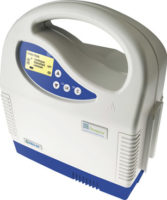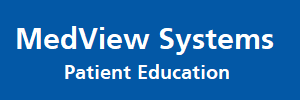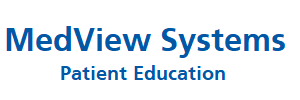

Prospera PRO series negative pressure wound care
The negative pressure wound therapy systems is designed to advance the art and science of NPWT for clinicians and patients. The PRO-II™ and PRO-III™ are engineered specifically for use with NPWT and provide ease of use and flexibility for clinicians, cost effective outcomes and perhaps most importantly it is designed to put the needs of patients first.
Demonstration Videos
SPECIFICATIONS
REIMBURSEMENT
PRO-II® & PRO-III®
Air-flow rate of pump
• 8 liters/min
Negative pressure
• Max. –200mmHg (Conversion factor: 1kPa ~ 7.5mmHg)
Collection canister (PRO-III®)
• Disposable canister systems
Suction tubing (PRO-III®)
• Various drainage systems, depending on supplier and
specific applications. Type and kind of use are determined
by the medical staff.
Nominal voltage of power supply adapter
• 100–240V primary, 12VDC secondary
Power requirements
• 100–240V, 50/60Hz, 45W
Maximum load current
• 1.25 A
Rechargeable battery
• 7.4V, 4.4Ah – lithium-ion battery
Charging time of
• empty battery 6 – 7 hours
• half empty battery 3 – 3.5 hours
PRO-II® dimensions (W x H x D)
• 8.4″ x 6.5″ x 3.5″
PRO-III® dimensions (W x H x D)
• 11.4” x 10.2” + 3.9” (canister) x 5.1”
PRO-II® weight (basic unit)
• 1.3kg (2.65 lbs.), with canister
PRO-III® weight (basic unit)
• 1.8kg (3.97 lbs.)
Operating time
• AC operation: continuous operation
• DC operation: approx. 24 – 48 hours, depending on use
USER MANUAL
FREQUENTLY ASKED QUESTIONS
Helpful Hints
|
ver the span of a century, researchers and clinicians have described improved wound healing with adjunctive NPWT. In practice, the benefits and goals of removing excessive exudate from purulent wounds through vacuum assisted drainage have grown to include: |
||||||||||||||||||||
|
||||||||||||||||||||
|
Recent research and expanding clinical experience aim to more fully explain the underlying mechanisms by which NPWT confers its benefits, and to optimize treatment protocols. |
||||||||||||||||||||
|
In general, there is increased dialogue among wound care specialists about: |
||||||||||||||||||||
|
RELATED ITEMS
My Wound Doctor
MyWoundDoctor Home-based, health care consumers – patients Read more...
Prospera Wound Vac Instructions
Prospera PRO series negative pressure wound care Read more...
Medela (Invia) Liberty Instructions
Invia Liberty Wound Care – Read more...
Invia Motion Negative Pressure Wound Therapy
Invia Motion Negative Pressure Wound Therapy The pump provides Read more...
KCI NPWT System | V.A.C.Ulta Application
KCI NPWT System | V.A.C.Ulta Application Designed Read more...
V.A.C.Via™ Negative Pressure Wound Therapy
V.A.C.Via™ Therapy Device A mobile, ultra-portable, single Read more...
Interactive Wound Dressings Instructions
Interactive Wound Dressings The ideal dressing material Read more...
Sterile Dressing Wound Care Change Instructions
Follow these steps to remove your Read more...
Hydrocolloid Wound Dressings Instructions
Hydrocolloid dressing They are easy to apply Read more...
Foam Wound Dressings Instructions
Composite Wound Dressings They are wound Read more...
PATIENT LEARNING CENTER

